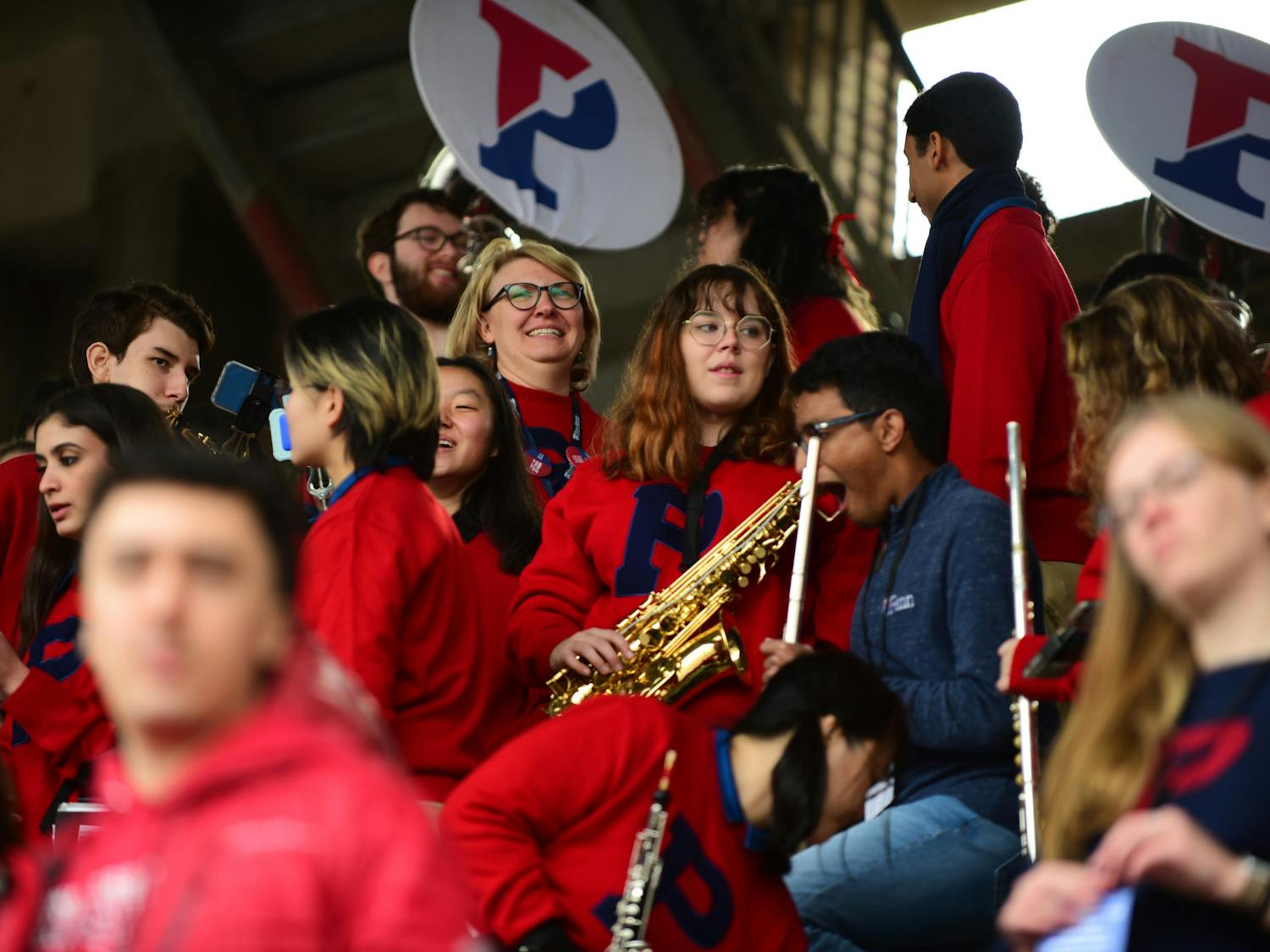Fear spiked through me as I saw the average for my CIS midterm — 47%. My face turned slack as I imagined failing a class I had spent so much time studying for. My friend noticed and chuckled, “Don’t worry, the class will be curved; that’s what always happens.”
Since then, low averages have become oddly comforting. I could skip half the exam and still do well. If I don’t understand something, I delude myself into believing it is okay. After all, everyone is doing poorly. However, this mindset is not consistent with my humanities courses. Why do we accept mediocrity in STEM courses but demand excellence in others?
As someone with a humanities major and a STEM minor, I have had the experience of taking exams in both disciplines. Writing essays for my humanities courses forces me to understand the intricacies of the content I am learning and to engage fully with the material. This component of engagement is removed from my STEM courses. Unlike my humanities classes, where we critically discuss class content to draw on others’ perspectives to form our analysis, my STEM classes maintain a more closed environment. Collaboration becomes synonymous with cheating, which pushes students into isolation, forcing them to learn the content with minimal outside help. Thus, many students are coerced to choose one extreme or another: Do poorly or cheat. If seeking guidance becomes akin to cheating, many may choose to employ dishonest practices outright. This inhibits the ability of students in many STEM courses to fully engage with and understand the content, which manifests itself in alarming exam averages.
Unfortunately, we become content with our subpar performance since, after all, our classes are curved.
However, if we spend so much time attending lectures, obsessing over problem sets, and attending office hours, one would expect mastery of course content. But this is not the case, which results in a contradiction that must be addressed.
First, do these exams reflect the level of understanding students have of the content? Second, are professors effectively teaching exam material? With such low test averages, the answer is a resounding “No” to both queries.
The first issue can easily be dismissed by providing tests that are better suited to the abilities of the students. The second issue requires more work as professors need to change their teaching methods. To do this, STEM professors should emulate the engaging and application-heavy approach seen in many humanities courses. As important as teaching the content is, students need to learn how to apply this knowledge. Many of my humanities professors arm me with a wealth of information that can be used to write compelling essays, and our discussion-focused recitations serve as a breeding ground for ideas. With STEM classes, our first exposure to applying the knowledge learned in class comes in the form of our homework, but it is difficult to do well on these assignments if we cannot discuss ideas with peers.
STEM courses should be open to the idea of a more robust form of collaboration that goes beyond surface-level content help. In my humanities courses, candid and fruitful discussions with my peers and instructors form the basis of many of my essay topics. Conversely, in many of my STEM courses, we lack this openness to collaboration. This could be due to the inherent competitive culture of many STEM classes. The better that people do, the lower the curve. I have been privy to many offhand comments of students expressing a desire for others’ failure, which breeds an environment of mistrust. The underlying anxiety of helping others stems from the fear of their peers performing better or their assistance being misconstrued as cheating. This makes it difficult to ask for help when confused, which leads to low test averages.
SEE MORE FROM SOSE HOVANNISIAN:
As such, professors should facilitate more group work among students. This can help eliminate the culture of competitiveness too, as students come to rely on others without the fear of collaboration being labeled as cheating. For example, in my humanities recitations, many times we are paired off into groups to discuss class content, using each other as tools to further our understanding. Discussing the topics also helps us identify our areas of struggle, which is then brought up to our teaching assistant. Simply inundating students with information and hastily moving on to new concepts only hinders comprehension.
I hope we can reimagine STEM education by demanding excellence from both ourselves and our professors instead of masking our mediocrity with curves. The importance of our coursework cannot be denied, thus we should vie to understand it.

KAYNATH CHOWDHURY is a College sophomore from Detroit. Her email address is kaynathc@sas.upenn.edu.









